Growing Arugula at Home can seem daunting, but trust me, it’s easier than you think! Have you ever craved that peppery, slightly spicy bite of fresh arugula in your salad, only to find the store-bought stuff wilted and sad? I have! That’s why I dove headfirst into the world of home gardening, and let me tell you, it’s been a game-changer.
Arugula, also known as rocket, has a rich history dating back to Roman times, where it was prized for its flavor and believed to be an aphrodisiac. While I can’t vouch for the latter, I can definitely attest to its deliciousness! For centuries, cultures around the Mediterranean have enjoyed this leafy green, incorporating it into everything from simple salads to complex dishes.
But why should you bother with growing arugula at home when you can just buy it? Well, for starters, the flavor is unmatched. Freshly harvested arugula has a vibrant, peppery kick that you just can’t get from store-bought varieties. Plus, it’s incredibly rewarding to nurture something from seed to table. And let’s be honest, in today’s world, knowing where your food comes from and having control over its quality is more important than ever. This DIY guide will provide you with simple, effective tricks and hacks to successfully grow arugula, even if you have limited space or gardening experience. Get ready to enjoy a constant supply of fresh, flavorful arugula right from your own backyard (or balcony!).
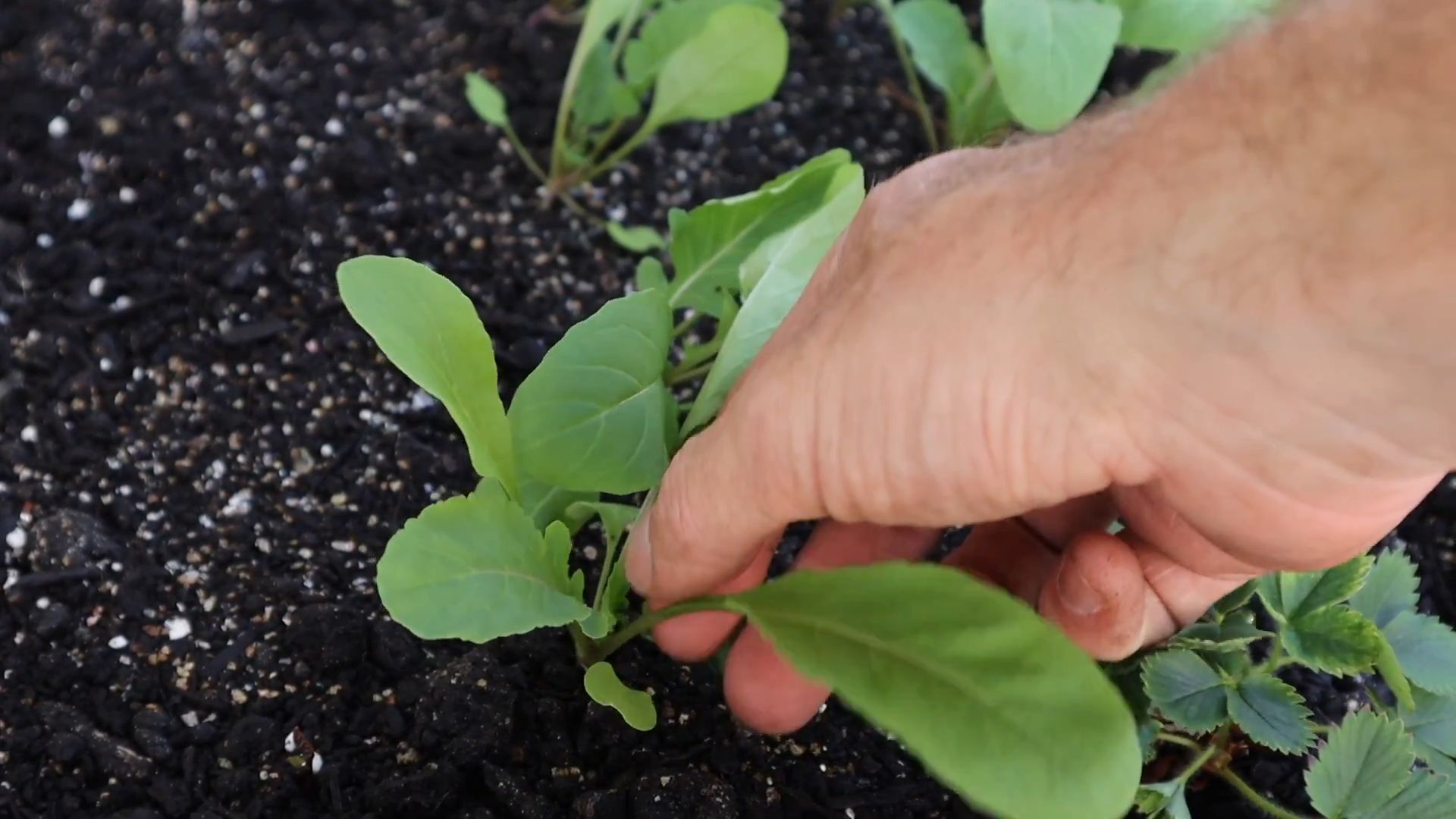
Growing Arugula at Home: A DIY Guide for a Peppery Harvest
Hey there, fellow garden enthusiasts! I’m so excited to share my experience with growing arugula at home. It’s surprisingly easy, even if you’re a beginner like I was not too long ago. Arugula, also known as rocket, adds a delightful peppery kick to salads, pizzas, and so much more. Plus, it grows super fast, giving you almost instant gratification! Let’s dive into how you can cultivate your own little arugula patch.
Choosing Your Arugula Adventure: Seeds vs. Starts
Before we get our hands dirty, let’s talk about how you want to start your arugula journey. You have two main options:
* Seeds: This is the most common and cost-effective way to grow arugula. Seeds are readily available at garden centers and online. I personally prefer starting from seed because it gives me more control over the entire process.
* Starts (Seedlings): If you’re short on time or want a head start, you can purchase arugula seedlings from a nursery. This is a great option if you want to harvest sooner.
I’m going to focus on growing from seed in this guide, but the principles are largely the same regardless of your chosen method.
Preparing for Launch: Setting Up Your Arugula Growing Space
Arugula is pretty adaptable, but it thrives in certain conditions. Here’s what you need to consider:
* Sunlight: Arugula loves sunshine, but it can also tolerate partial shade, especially in hotter climates. Aim for at least 6 hours of sunlight per day. If you live in a scorching area, afternoon shade can prevent the leaves from becoming too bitter.
* Soil: Well-draining soil is crucial. Arugula doesn’t like soggy roots. Amend your soil with compost or other organic matter to improve drainage and fertility. A slightly acidic to neutral pH (around 6.0 to 7.0) is ideal.
* Container (if applicable): If you’re growing in containers, choose pots that are at least 6 inches deep to allow for root growth. Make sure the containers have drainage holes. I’ve had great success with both terracotta and plastic pots.
* Location: Pick a spot that’s easily accessible for watering and harvesting. If you’re growing indoors, a sunny windowsill or grow lights will do the trick.
Planting the Seeds of Success: Getting Arugula in the Ground
Now for the fun part! Let’s get those arugula seeds planted.
1. Prepare the Soil: Whether you’re planting in the ground or in containers, loosen the soil and remove any rocks or debris. Mix in compost or other organic matter to enrich the soil.
2. Sow the Seeds: Arugula seeds are tiny, so don’t plant them too deep. Sprinkle the seeds evenly over the soil surface. I usually aim for about 1/4 inch deep. You can also create shallow furrows and sow the seeds in rows.
3. Cover the Seeds: Gently cover the seeds with a thin layer of soil.
4. Water Gently: Water the soil thoroughly but gently, using a watering can or a hose with a gentle spray nozzle. Avoid washing away the seeds.
5. Keep the Soil Moist: Arugula seeds need consistent moisture to germinate. Keep the soil moist but not waterlogged. I usually check the soil moisture daily and water as needed.
6. Thin Seedlings (if necessary): Once the seedlings emerge (usually within a week), thin them out if they’re too crowded. Arugula plants should be spaced about 2-3 inches apart. This allows them to grow to their full potential. I know it feels brutal to pull out the little guys, but it’s necessary for the health of the remaining plants.
Nurturing Your Arugula: Care and Maintenance
Arugula is relatively low-maintenance, but here are a few things to keep in mind:
* Watering: Water regularly, especially during dry spells. Arugula prefers consistently moist soil. Avoid overwatering, which can lead to root rot.
* Fertilizing: Arugula doesn’t need a lot of fertilizer, but a light feeding of a balanced organic fertilizer every few weeks can help boost growth. I like to use fish emulsion or compost tea.
* Weeding: Keep the area around your arugula plants free of weeds. Weeds compete for nutrients and water.
* Pest Control: Arugula is generally pest-resistant, but aphids and flea beetles can sometimes be a problem. I usually try to control pests with natural methods, such as spraying the plants with insecticidal soap or neem oil.
* Bolting: Bolting is when the plant starts to produce flowers and seeds. This can happen when the weather gets too hot. Bolted arugula leaves tend to be more bitter. To prevent bolting, try to grow arugula in partial shade during the hottest months. You can also pinch off the flower buds to encourage leaf production.
The Sweet Reward: Harvesting Your Arugula
This is the moment you’ve been waiting for! Arugula is ready to harvest when the leaves are about 2-3 inches long.
1. Harvesting Technique: You can harvest arugula by snipping off the outer leaves with scissors or by pulling up the entire plant. I prefer to harvest the outer leaves, as this allows the plant to continue producing new leaves.
2. Harvesting Time: Harvest arugula in the morning, when the leaves are crisp and fresh.
3. Succession Planting: To ensure a continuous supply of arugula, sow new seeds every few weeks. This is called succession planting.
4. Storage: Arugula is best used fresh. Store harvested arugula in the refrigerator in a plastic bag or container. It will keep for a few days.
Troubleshooting: Common Arugula Problems and Solutions
Even with the best care, you might encounter some challenges. Here are a few common problems and how to address them:
* Bitter Leaves: Bitter arugula leaves can be caused by hot weather, lack of water, or bolting. To prevent bitter leaves, grow arugula in partial shade, water regularly, and harvest before the weather gets too hot.
* Yellowing Leaves: Yellowing leaves can be caused by nutrient deficiencies or overwatering. If the leaves are yellowing, try fertilizing the plants with a balanced organic fertilizer. Make sure the soil is well-draining.
* Pest Infestations: Aphids and flea beetles can sometimes attack arugula plants. Control pests with natural methods, such as spraying the plants with insecticidal soap or neem oil.
* Slow Growth: Slow growth can be caused by lack of sunlight, poor soil, or insufficient watering. Make sure your arugula plants are getting enough sunlight, amend the soil with compost, and water regularly.
Arugula Varieties to Explore
While standard arugula is fantastic, there are different varieties you might want to try!
* ‘Astro’: This is a popular variety known for its mild, nutty flavor.
* ‘Sylvetta’: Also known as wild arugula, this variety has a more intense, peppery flavor.
* ‘Wasabi’: As the name suggests, this variety has a distinct wasabi-like flavor.
Experiment with different varieties to find your favorite!
Beyond the Salad Bowl: Creative Ways to Use Arugula
Arugula is incredibly versatile. Here are some of my favorite ways to use it:
* Salads: Arugula adds a peppery kick to any salad.
* Pizzas: Sprinkle fresh arugula on top of your pizza after it comes out of the oven.
* Pesto: Make a delicious arugula pesto by blending arugula with garlic, Parmesan cheese, pine nuts, and olive oil.
* Sandwiches: Add arugula to sandwiches for a peppery bite.
* Soups: Stir arugula into soups just before serving.
* Pasta Dishes: Toss arugula with pasta and your favorite sauce.
Final Thoughts: Enjoying Your Homegrown Arugula
Growing arugula at home is a rewarding experience. Not only do you get to enjoy fresh, flavorful greens, but you also get the satisfaction of knowing that you grew them yourself. With a little bit of care and attention, you can have a continuous supply of arugula throughout the growing season. So, grab some seeds, get your hands dirty, and start growing your own peppery harvest today! Happy gardening!
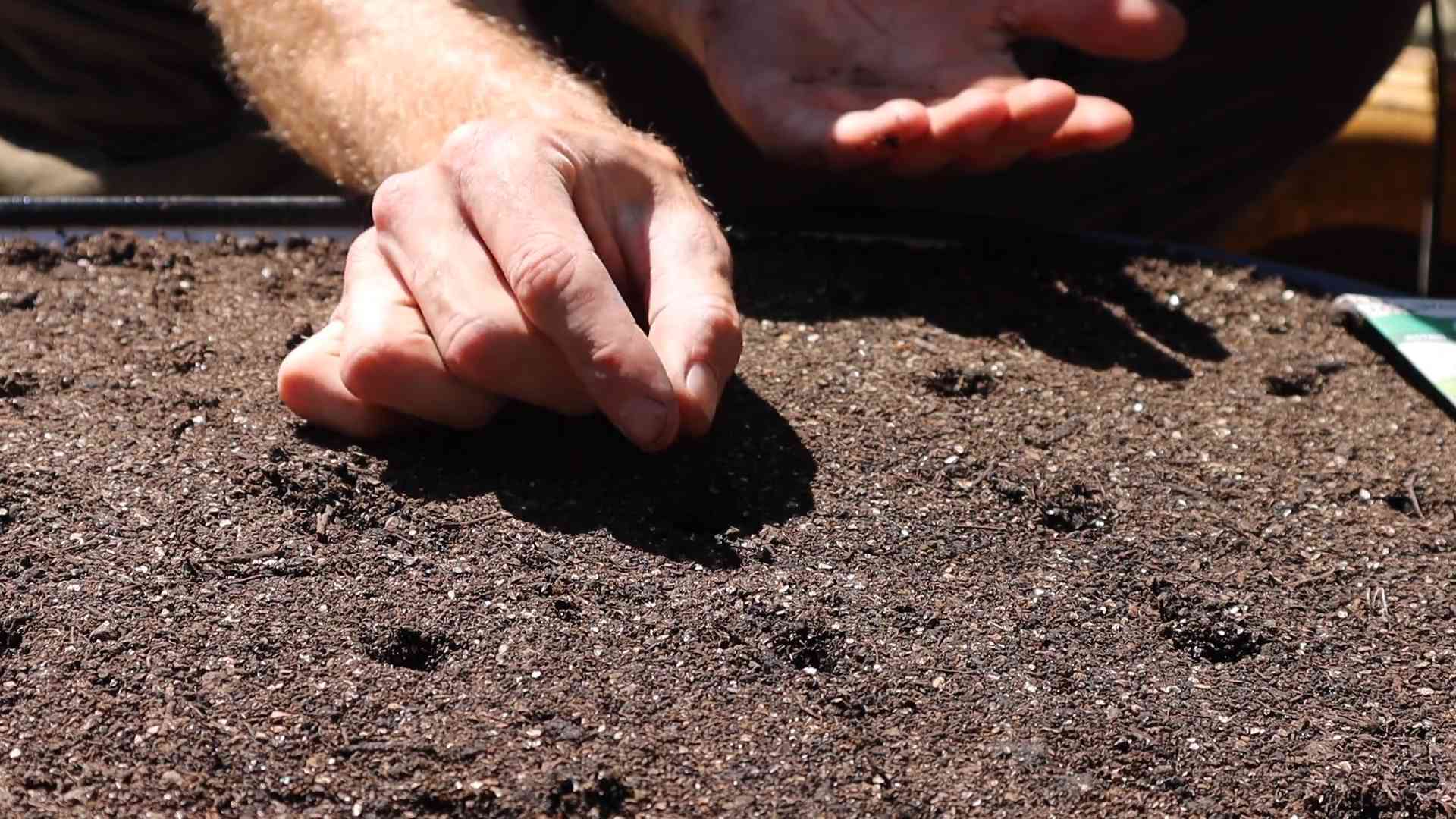
Conclusion
So, there you have it! Growing arugula at home is not only achievable, but it’s also incredibly rewarding. Forget those wilted, overpriced bags from the grocery store. Imagine stepping out to your balcony, patio, or even a sunny windowsill and harvesting fresh, peppery arugula whenever you need it. The difference in flavor and freshness is truly remarkable.
This DIY approach to growing arugula offers a multitude of benefits. You control the growing environment, ensuring your arugula is free from harmful pesticides and herbicides. You also reduce your carbon footprint by eliminating the transportation and packaging associated with store-bought greens. Plus, it’s a fantastic way to connect with nature and experience the satisfaction of nurturing something from seed to table.
But the best part? It’s incredibly easy! With minimal effort and resources, you can enjoy a continuous supply of this nutritious and flavorful leafy green.
Ready to take your arugula game to the next level? Consider experimenting with different varieties. ‘Rocket’ arugula offers a classic peppery bite, while ‘Sylvetta’ provides a slightly milder, nuttier flavor. You can also try growing arugula microgreens for an even more concentrated burst of flavor and nutrients.
Another fun variation is to incorporate companion planting. Arugula thrives alongside herbs like basil and chamomile, which can help deter pests and improve the overall health of your garden. You can also plant it near carrots or radishes, as arugula can help repel certain insects that might damage these root vegetables.
Don’t be afraid to get creative with your arugula harvest! Add it to salads, sandwiches, pizzas, or even pesto for a delicious and peppery kick. The possibilities are endless.
We wholeheartedly encourage you to try growing arugula at home. It’s a simple, sustainable, and incredibly satisfying way to elevate your culinary creations. Once you taste the difference between homegrown and store-bought arugula, you’ll never go back!
We’re confident that you’ll find success with this DIY project. But more importantly, we want to hear about your experience! Share your tips, tricks, and photos of your homegrown arugula on social media using #HomegrownArugula and tag us so we can celebrate your success. Let’s create a community of home gardeners and inspire others to embrace the joy of growing their own food. Happy growing!
Frequently Asked Questions (FAQ)
How long does it take for arugula to grow from seed?
Arugula is a fast-growing plant, which is one of the reasons it’s so popular for home gardeners. You can typically expect to harvest your first leaves within 3-4 weeks of planting the seeds. For baby arugula, you can even start harvesting as early as 2-3 weeks. The exact time will depend on factors like temperature, sunlight, and soil conditions, but generally, you’ll be enjoying fresh arugula in no time.
What kind of soil is best for growing arugula?
Arugula prefers well-drained, fertile soil with a pH between 6.0 and 7.0. A good quality potting mix is ideal for container gardening. If you’re planting in the ground, amend the soil with compost or other organic matter to improve drainage and fertility. Avoid heavy clay soils, as they can become waterlogged and hinder growth.
How much sunlight does arugula need?
Arugula thrives in full sun, which means at least 6 hours of direct sunlight per day. However, it can also tolerate partial shade, especially in hotter climates. If you’re growing arugula indoors, place it near a sunny window or use grow lights to provide adequate illumination. Insufficient sunlight can result in leggy growth and a less intense flavor.
How often should I water arugula?
Arugula needs consistent moisture to thrive, but avoid overwatering, which can lead to root rot. Water deeply when the top inch of soil feels dry to the touch. During hot weather, you may need to water more frequently. Container-grown arugula tends to dry out faster than arugula planted in the ground, so check the soil moisture regularly.
What are some common pests and diseases that affect arugula?
Arugula is generally a low-maintenance plant, but it can be susceptible to certain pests and diseases. Common pests include flea beetles, aphids, and cabbage loopers. These can be controlled with insecticidal soap or neem oil. Diseases like downy mildew and powdery mildew can occur in humid conditions. Ensure good air circulation and avoid overhead watering to prevent these diseases. If necessary, use a fungicide labeled for use on leafy greens.
Can I grow arugula indoors?
Yes, you can absolutely grow arugula indoors! Choose a sunny windowsill or use grow lights to provide adequate light. Use a well-draining potting mix and water regularly. Indoor arugula may not grow as quickly as outdoor arugula, but you can still enjoy a continuous supply of fresh greens.
How do I harvest arugula?
Harvest arugula by snipping off the outer leaves with scissors or a knife, leaving the inner leaves to continue growing. This cut-and-come-again method allows you to harvest arugula multiple times from the same plant. Harvest when the leaves are young and tender for the best flavor. Older leaves can become more bitter.
How do I prevent arugula from bolting (going to seed)?
Bolting occurs when arugula is exposed to high temperatures or long days. To prevent bolting, plant arugula in the spring or fall when temperatures are cooler. Provide shade during the hottest part of the day. Regularly harvest the leaves to encourage continued vegetative growth. If your arugula does bolt, the leaves will become more bitter, but you can still harvest the seeds for future planting.
Can I eat arugula flowers?
Yes, arugula flowers are edible and have a similar peppery flavor to the leaves. They can be added to salads or used as a garnish. The seed pods are also edible and have a slightly spicier flavor.
Is arugula good for you?
Absolutely! Arugula is a nutritional powerhouse. It’s low in calories and high in vitamins A, C, and K, as well as folate, calcium, and potassium. Arugula is also a good source of antioxidants and glucosinolates, which have been linked to cancer prevention. Adding arugula to your diet is a delicious and healthy way to boost your nutrient intake.


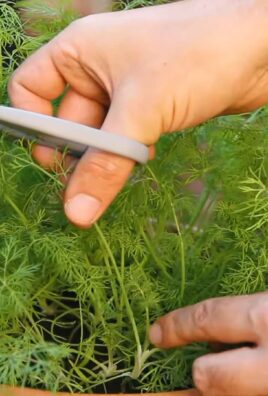
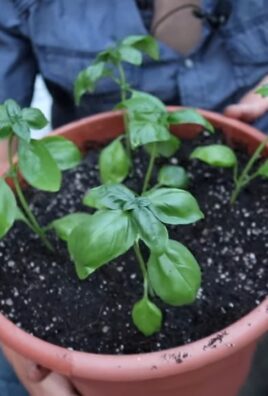
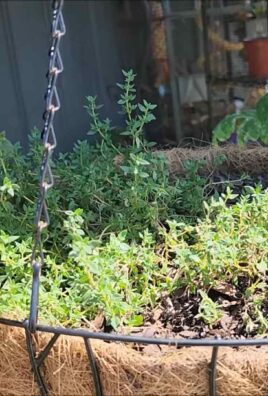
Leave a Comment